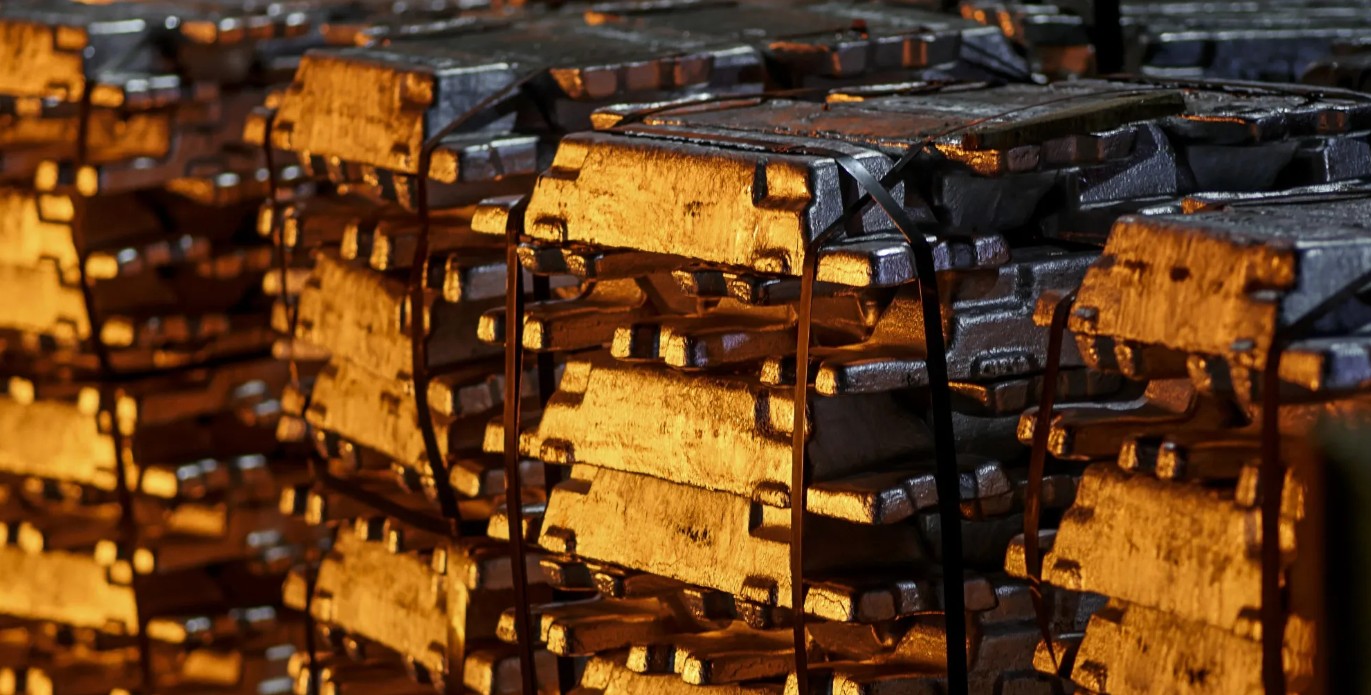
China is planning a significant expansion of its titanium sponge production capacity, aiming to boost output by 500,000 tonnes annually over the next three to five years. This expansion is driven by increasing demand across diverse sectors, including aerospace, marine engineering, and electronics. Titanium’s versatility and importance in industrial and civilian applications make it essential for the growth of various industries.
Major Expansion in Titanium Sponge Capacity
China’s titanium sponge production is set to increase from 300,000 tonnes per year to 500,000 tonnes annually. This growth will help meet the rising demand for titanium across industries such as aerospace, marine engineering, and consumer electronics. According to An Zhongsheng, Secretary-General of the China Nonferrous Metals Industry Association’s titanium, zirconium, and hafnium branch, this increase is essential to meeting both industrial and civilian needs, particularly as aerospace demand recovers post-pandemic.
Aerospace, a major consumer of titanium, has been recovering as global civil aviation demand rebounds. However, the recovery has placed pressure on the supply of high-quality titanium sponge, especially aviation-grade titanium. Alongside aerospace, sectors like marine engineering and electronics are driving the growth of the Chinese titanium market.
Rising Demand Across Diverse Sectors
Titanium’s unique properties, including its strength, light weight, and corrosion resistance, make it invaluable across various sectors. While aerospace remains the largest sector, the growing use of titanium in marine engineering, chemical production, and consumer electronics is pushing demand. Additionally, titanium’s role in producing consumer electronics (3C), air conditioning systems, and marine vessels further contributes to the demand surge.
Although the medical sector has increased its global demand for titanium, domestic demand in China remains limited due to healthcare reforms that prioritize more cost-effective materials. Nonetheless, titanium continues to be an attractive material, and its stable price supports its appeal across industries.
China’s Growing Dominance in the Global Titanium Market
China’s share of the global titanium sponge market has grown significantly. In 2023, China accounted for 63% of global production, up from just 25% in 2022. This rapid growth highlights China’s transition from being a major importer of titanium to a dominant producer, decreasing reliance on foreign sources. Despite its growth in production, China still imports about 35-40% of its titanium feedstock, primarily from countries like Mozambique, South Africa, and Canada.
China’s Titanium Mill Products Lead the Market
China is also a dominant player in the titanium mill products market. In 2023, China produced 64% of the world’s titanium mill products, far outpacing other countries, including the U.S. (14%), Russia (13%), Japan (6%), and Europe (3%). This production leadership reflects China’s rapidly growing titanium production infrastructure and strong manufacturing capabilities, solidifying its role as a key player in the global titanium supply chain.
Implications for Global Supply Chains and Sustainability
The expansion of China’s titanium production will significantly impact global supply chains and contribute to sustainability goals. Titanium’s role in aerospace, energy, and renewable technologies, such as offshore wind turbines, is crucial for sustainability. As China continues to increase its production capacity, it is expected to influence global titanium prices and availability. This increased production will support the transition of titanium from a specialty material to one commonly used across industries critical to energy transitions and advanced manufacturing.











Leave a Reply
You must be logged in to post a comment.